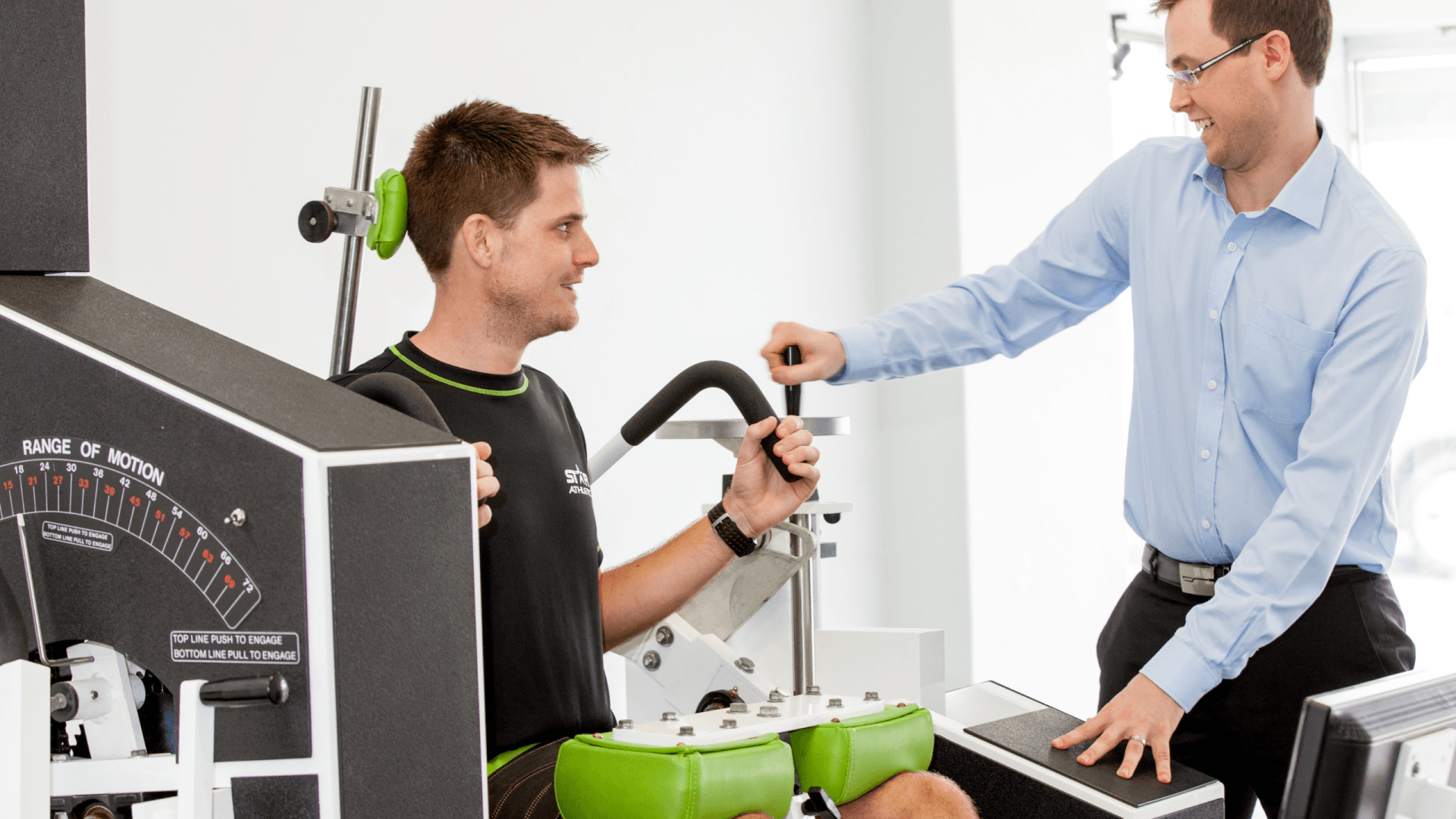The number one fear patients have when getting their neck assessed
Transcript
"Today, we're talking about the number one biggest fear that patients have when they get their neck assessed and treated. I'm sure you can guess what that might be. If you can, type in the comments below, but we're going to go through that today, and also the three things that you can do to avoid that fear from coming to fruition. Okay. So, the biggest fear, let's see if you can guess what it is. The biggest fear that people have when they're getting their neck assessed, getting their neck treated, is that they pull up worse. Okay. So they're coming in. They're telling the story. They're getting the treatment. They're wanting to feel better, and all of a sudden, they walk out feeling worse. They feel dizzy. They feel nauseous. They might get a migraine afterwards. Nobody wants that. So today, what I'm talking about are the three things that we can do to mitigate against that.
If you're seeing a healthcare professional, what to actually do to make sure that that does not happen. And of course, if you are one of those people who thinks that their headache or migraine might be coming from their neck, click on the link above, because we may be able to help you out. So, number one, the number one thing that you can do to reduce the fear and anxiety around getting worse, post-treatment, is to ask your health professional, do they treat headaches and migraines on a daily basis? Do they see headaches and migraines every single day? Now, the reason why that this is really important is because, it stands to reason, if you're seeing headache and migraine every single day, it means that they're probably an expert in seeing headache and migraine. Okay. So, they've seen plenty of cases. They know. They would have seen all the ups, all the downs, all the different presentations that happen with a headache and migraine person.
And, basically what we do there is that, if you've got that person who's experienced, that assesses things and can answer your questions very quickly about their experience, about their street cred, what the training of their staff is like, then you can be confident that they actually can get the job done, and can explain to you what the risks are, if things happen, if you've had some bad experiences before. So, that's the first one, ask what the experience is of the people that you are seeing. Okay. Number two. Okay. The second thing that can alleviate your fear when it comes to getting your neck assessed for headaches and migraines. Okay. You want to know is, if the person that you're seeing has a well-rounded world view of how headaches and migraines happen. Okay. So, what I mean by that is, if you go to a health professional, it's obvious that that health professional is going to have a bias towards their way of doing things.
Okay. So, a surgeon is going to want to operate, okay. A homeopath is going to want to give you that funky thing with the drops in the water, which probably is just the placebo. Okay. I chiropractor is going to look at it and try to manipulate your neck. Okay. Physios are obviously going to have a look and use their techniques, whether it's the muscles or the joints, to look at and assess what they are assessing. But the important thing is, is to have a look, when you're talking to that new health professional, that they consider your entire history, okay, what's worked, what hasn't, and what does it mean for your treatment moving forward. So, it's routine for us to see here with our patients that, they've been to a whole myriad of different clinicians, okay. That would be doctors, chiros, other physios, whatever it might be.
So it's really important that that person that you're talking to has a well-rounded understanding of what all of the other treatments can be. Okay. Whether it be medication, acupuncture, all of these sorts of things, and to know and interpret what the results of those former treatments might be. Okay. Because what it means is that, when you can weigh up what's happened in the past, is you can make an excellent risk-based decision about what the treatment needs to be, moving forward. Okay. So, say, for example, you've been to a massage person before, and it's made your neck feel a little bit better, but then it goes back to normal. Then it's a fair bit, it's a good chance actually, that your neck is involved, but perhaps they need to do something more specific or more firm to get the result that you need to on the neck.
Okay. On the flip side, if you've had something like a very fast chiropractic manip, or something where there's been a lot of firm pressure, and you've had a huge flare up afterwards, then the interpretation of that might be, that your system's overly wound up, and therefore, a more gentle approach might be needed. So, unless you've got a well-rounded view of what all the other professions do for headaches and migraines, you can't really make that risk-based decision about what the best treatment might be for you. So, keep that in mind when you're talking to your health professionals, that they know how to interpret what's happened in the past with your other treatments. Now, the third thing to talk about to alleviate your fear and anxiety around getting your neck checked for headache and migraine, is to do one thing on day one, just one. Okay. So, one joint, one direction.
Okay. Now the reason why you do that, is you're looking to do what's called a "treatment direction test". Okay. So when you're treating on day one, see what happens, either immediately post-treatment and in the few days afterwards. Okay. Now, normally what would happen is that things would get better. Okay. If there's no change, then it means you might need to push a little firmer or do a little bit more movement to get the result that you need. Okay. Now, here's a kicker. If by chance, something does get a little bit flared up, a little bit angry or something afterwards, if you do only just one thing. Okay. Instead of manipulating every joint, instead of putting acupuncture needles all through, instead of injecting all the joints, okay. Instead of doing all the things on day one, you don't know what's actually flared it up, if you do too much on day one.
So our policy here, The Headache and Pain Management Center, is to do one thing, and to do that one thing very, very well on one to mitigate that risk. Okay. Because then, if one thing is done, if it gets better, worse, indifferent, or anything in between, we know exactly what we have done. Okay. So, if we amend treatment, if we can do something slightly different next time, it actually gets us closer to what the real cause of the issue might be. Which joint, which direction, which exercise, which technique is going to be the best to get the result that you need to get. So that's a third thing. So to go through those things again. The first thing, find out what the experience is of the person that you're talking to. Okay. So, not just their director, but all of their staff as well. What are they training on? How often are they getting trained?
How often are they seeing headache and migraine patients? The second thing is to make sure that the person that you're talking to has a good well-rounded knowledge of what other professions do for headache and migraine, so that when you tell your story, they're on the same page as you from day one, so that everyone understands what the outcomes have been, so you're not led down a garden path. And of course, the third thing is to look at it in a systemized and processed way. Do one thing at a time, introduce one new variable, measure the result and see what happens, so that we're getting progressive improvement over time with your headaches and migraines. Less headaches, don't last as long, not as intense, less medication, getting back to doing the things that you want to do."
Can we treat your pain?Contact us now to find out!










